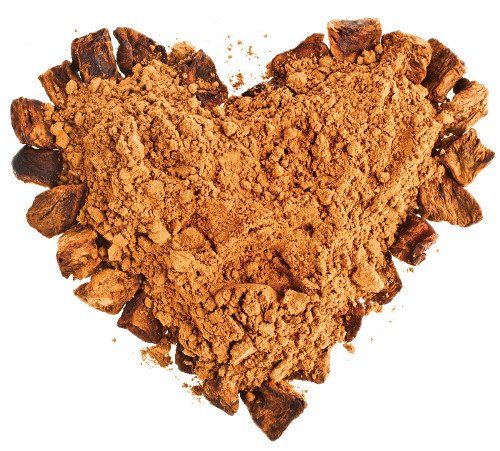Chicory Root: the Next Great Sugar Alternative?
Why Cargill thinks one particular star ingredient, chicory root fiber, can play a greater role in the sugar-reduction movement.
Photo © Shutterstock.com/Madlen

At March’s Natural Products Expo West trade show, Cargill (Minneapolis) sampled a new food prototype: a vegan, reduced-sugar, non-GMO hazelnut spread. The company created this sample to demonstrate how it thinks one particular star ingredient, chicory root fiber, can play a greater role in the sugar-reduction movement.
“The basic reason we brought this prototype is because we’re trying to promote chicory root fiber as a clean-label ingredient that can really get jobs done,” said Taylor Halstead, product line manager, specialty carbohydrates, Cargill Texturizing Solutions. “It’s multifunctional. It provides texture, and it can provide some sweetness as well to some formulations.”
Chicory root fiber can help with sugar reduction, although it cannot achieve a total zero-sugar product like a high-intensity sweetener like stevia can, Halstead said. For additional caloric cuts, however, you can combine chicory root with a sweetener like stevia, he added.
And while chicory root can’t be used for a 100% calorie reduction, Bill Gilbert, certified master baker, principal food technologist, Cargill Texturizing Solutions, says that’s okay.
“Most of the folks that we’re hearing from, the big CPG companies, they don’t want large sugar reduction,” said Gilbert. Instead of making severe sugar-reduction claims (he says consumers generally don’t want to purchase these products), companies are looking to reduce their added-sugar content slightly, but not entirely, especially with FDA’s new Nutrition Facts label revisions going into effect next year that will require companies to list out the amount of added sugars on the label. Chicory root, Gilbert said, is a good option for these gradual sugar cuts. “It’s part of the toolbox to reduce sugar,” he said.
The type of "reasonable" sugar reduction from chicory root may be an attractive proposition for food companies looking to reduce their sugar content while promoting an ingredient customers feel good about. Cargill's own survey results-as well as market researcher SPINS in its 2017 top-trends prediction-indicate that chicory root is increasingly popular with consumers. “We did some consumer label research, and just far and away, chicory root fiber [received] the most positive reaction [from] consumers on the label," said Halstead. "So, you really get a lot of the benefits when you label ‘chicory root fiber,’ and it’s changed the way we talk about the ingredient.”
In addition, chicory root offers texturizing benefits, as exemplified by the hazelnut spread sample at Cargill’s Expo West booth. “Texture-wise, when you start to put it in your products, it actually enhances the texture of the products,” Gilbert explains. “A lot of your bulking agents for sugars add a bad, a crispier note, or a firmer note, to your product. Chicory root fiber doesn’t seem to do that.”
So, could chicory root fiber become a more popular sugar-reduction ingredient? Cargill sure thinks so. “We think chicory root fiber can really play in this space,” Halstead said.
Also read:
Cashews to Chicory: SPINS Predicts Top Trends of 2017
Jennifer Grebow
Editor-in-Chief
Nutritional Outlook magazine
jennifer.grebow@ubm.com
Prinova acquires Aplinova to further increase its footprint in Latin America
April 7th 2025Prinova has recently announced the acquisition of Brazilian ingredients distributor Aplinova, which is a provider of specialty ingredients for a range of market segments that include food, beverage, supplements, and personal care.









